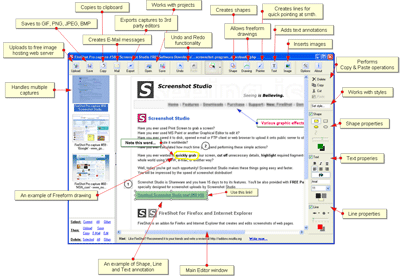For many teams (especially large teams), the team often has a suite of tools in place to help facilitate the development process. It could be Microsoft Visual Studio, Rational Team Concert, or even the Atlassian suite of products. Regardless of the tools in place, if there's an integration across the tools and your team isn't using that integration effectively then you might want to take a look at how you can better leverage all the features you've already paid for.
This tip, stemming from a frustration on the part of an IWST tester who constantly has to manually re-enter data from one tool to another, points to a problem in cross-team workflows. If these tools were not in place, perhaps it wouldn't be that big of a deal. However, since the company has already paid for these tools, it's really frustrating when the testing team can't take advantage to the features simply because people haven't been educated on the implications to other teams of how they use the tools.
If you have these tools in place, pull together a small cross-functional team to look at how people are using the tools. And don't just talk about what you think is happening - really look at what's happening on projects. Based on that, see if there are opportunities to better leverage the integrated features of the platform, and roll out changes supported by training and helping people understand the value gained by the changes.
This tip, stemming from a frustration on the part of an IWST tester who constantly has to manually re-enter data from one tool to another, points to a problem in cross-team workflows. If these tools were not in place, perhaps it wouldn't be that big of a deal. However, since the company has already paid for these tools, it's really frustrating when the testing team can't take advantage to the features simply because people haven't been educated on the implications to other teams of how they use the tools.
If you have these tools in place, pull together a small cross-functional team to look at how people are using the tools. And don't just talk about what you think is happening - really look at what's happening on projects. Based on that, see if there are opportunities to better leverage the integrated features of the platform, and roll out changes supported by training and helping people understand the value gained by the changes.
This tip was part of a brainstorm developed at the September 2011 Indianapolis Workshop on Software Testing on the topic of "Documenting for Testing." The attendees of that workshop (and participants in the brainstorm) included: Charlie Audritsh, Scott Barber, Rick Grey, Michael Kelly, Natalie Mego, Charles Penn, Margie Weaver, and Tina Zaza.




